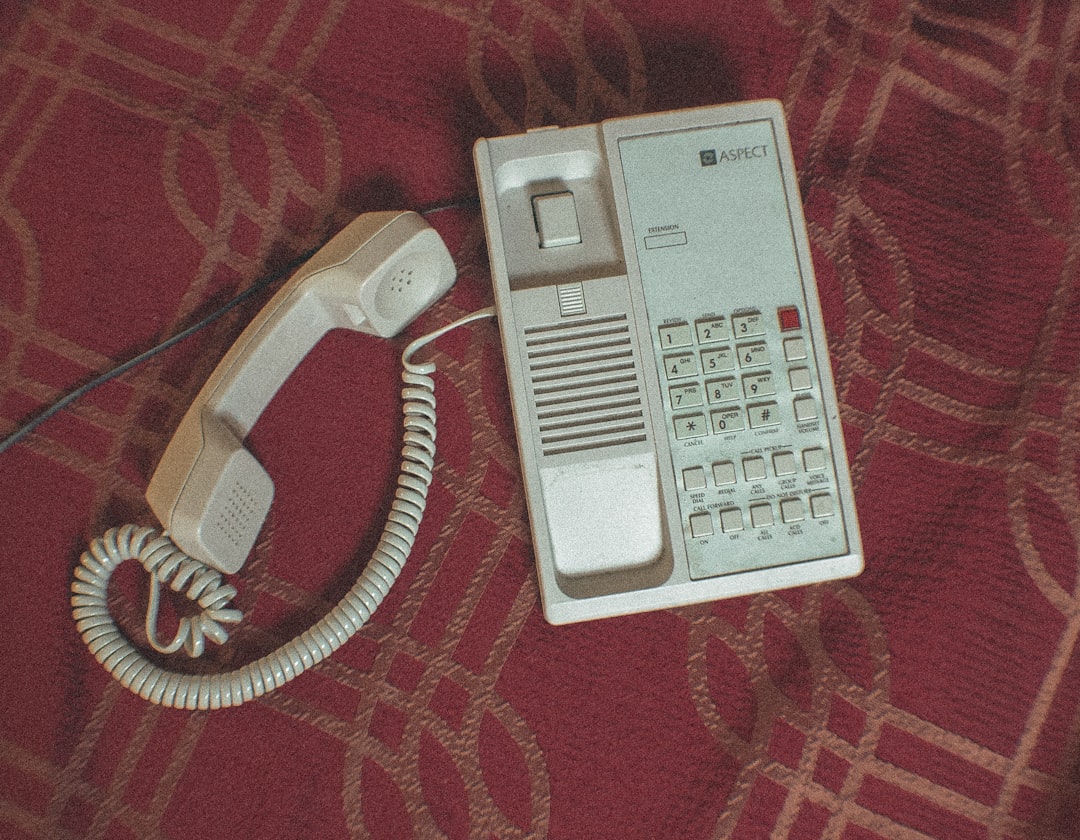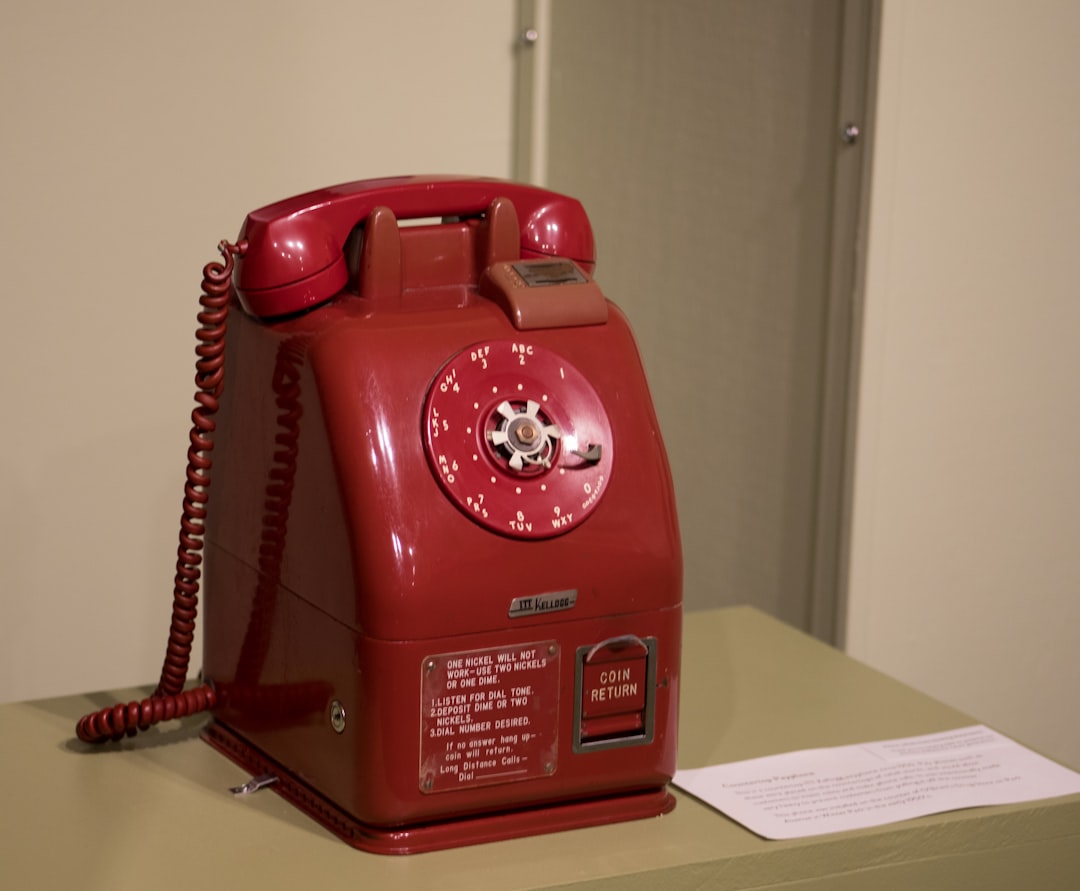In an age dominated by smartphones and high-speed internet, the classic landline telephone seems increasingly like a nostalgic relic. The shift to mobile communication and Voice over Internet Protocol (VoIP) systems has accelerated the decline of traditional telephony infrastructure. However, despite the momentum toward modern communication platforms, the venerable RJ-11 connector—the most recognizable interface for analog landlines—continues to hold value in specific applications. This article explores how the RJ-11 still makes sense in certain contexts, even as it fades from the mainstream landscape.
The Gradual Decline of Landlines
According to the Federal Communications Commission (FCC), fewer than 30% of American households maintained a landline in 2023, down from more than 90% in the year 2000. This sharp decline is largely attributed to the proliferation of smartphones, the ubiquity of internet-connected devices, and the expansion of mobile network coverage across rural and urban areas alike.
As this transition has taken place, the RJ-11 connector—ubiquitous in homes and offices for decades—has seen its relevance wane. Once a staple of wired communication infrastructure, it now appears more frequently in storage closets than active service. However, to dismiss the RJ-11 entirely would be premature. Despite its reduced visibility, it continues to play a pivotal role in several essential applications.
Understanding RJ-11
The RJ-11 is a registered jack standard that typically uses a 6P2C (six-position, two-conductor) configuration. It was designed for the public switched telephone network (PSTN), allowing voice transmission through analog signal lines. Its small form factor and ease of installation made it convenient for home phones, fax machines, and dial-up modems.
Though current communication needs have outgrown most analog systems, there are conditions under which RJ-11 interfaces are not only useful but also ideal.
Situations Where RJ-11 Still Makes Sense
Despite its age, the RJ-11 connector maintains relevance in the following settings:
- Rural and Remote Areas
In regions lacking reliable mobile or broadband Internet infrastructure, PSTN systems still serve as a primary mode of communication. Landlines and RJ-11 jacks frequently deliver higher call reliability in these contexts, particularly during power outages, as they operate independently of household electricity. - Emergency Communication Systems
Landline systems offer critical redundancy. Many emergency systems still rely on phone lines due to their resilience. In hospitals, research labs, and emergency coordination centers, RJ-11-enabled phones serve as reliable backups in the event of digital system failure. - Security and Monitoring Systems
Many legacy alarm systems, including fire and burglar alarms, use analog lines with RJ-11 connectors to communicate with central monitoring stations. While newer systems are IP-based, there’s a significant installed base of equipment that continues to utilize RJ-11 interfaces effectively. - Modems and Point-of-Sale Systems
Surprisingly, several financial and commercial systems still require analog modems—especially in locations with intermittent connectivity. Many of these devices use RJ-11 jacks to transmit transaction data via secure phone lines.

Cost-Effectiveness of Legacy Infrastructure
Companies and institutions with well-maintained analog infrastructure may find it more cost-effective to retain RJ-11 systems than to install entirely new IP-based solutions. VoIP upgrades typically involve rewiring, hardware replacement, and retraining of personnel. For operations where budget constraints are a concern, especially in education or local government facilities, maintaining existing landline systems makes financial sense.
Moreover, analog telephone lines often have flat-rate pricing and do not depend on electricity. In situations where power loss is probable or backup systems are unreliable, RJ-11 technology can provide a crucial communication channel without additional operational costs.
Compatibility with Legacy Equipment
An often-overlooked aspect is the interface’s compatibility with old but still functional equipment. Museums, libraries, universities, and various government entities still rely on machines—like fax machines and analog modems—that require RJ-11 connectors. Replacing these devices might incur costs that outweigh the benefit of upgrading, especially when usage is infrequent but occasionally indispensable.
Additionally, RJ-11 connectors have a simple plug-and-play design. Their analog nature makes them remarkably durable and compatible across decades of devices, avoiding the compatibility pitfalls common with rapidly evolving digital standards.
Reliability and Security
Unlike digital systems, which rely heavily on internet-based infrastructure susceptible to outages, hacking, or latency, analog phone lines offer a direct, point-to-point connection. This makes them uniquely secure and stable. In military installations, government communications, and certain classified environments, analog lines often serve as a security-focused alternative to digital channels.
Also, from a network failure perspective, landlines are less likely to be affected by broader outages since they are powered from the phone exchange and not from the customer premises. This attribute of RJ-11-based systems ensures continuity of crucial communication even in grid-down scenarios.

Transitioning Technologies and Hybrid Systems
While trends indicate a progressive migration toward IP telephony, many systems now incorporate hybrid solutions that accommodate both digital and analog technologies. These hybrid PBX (Private Branch Exchange) systems allow seamless communication between VoIP and analog devices, which proves especially useful in larger buildings or multifaceted organizations.
In these setups, RJ-11 connectors remain a standard feature for analog endpoints, functioning alongside Ethernet and fiber-optic interfaces. For institutions with entrenched analog tools, this hybrid architecture represents a transitional phase that allows for gradual modernization without disruption.
Environmental and E-Waste Considerations
Replacing analog devices prematurely contributes to electronic waste (e-waste), a growing environmental concern. Extending the lifespan of operational RJ-11-based equipment delays disposal and reduces environmental impact. In sustainability-focused organizations, maintaining analog systems isn’t just about economics—it’s also a deliberate environmental decision.
Looking Ahead: Is There a Future for RJ-11?
The RJ-11’s days in mainstream use are undoubtedly numbered. However, in specialized applications and under constrained circumstances, it remains remarkably efficient. It stands strong where advanced digital options falter or prove economically unfeasible. For the foreseeable future, analog systems anchored by RJ-11 will endure not as obsolete antiques but as pragmatic tools balancing tradition, function, and reliability.
As communication technologies continue to evolve, the likely scenario is coexistence instead of complete displacement. There will be cases where digital communication isn’t just better—it’s necessary. But there will also be circumstances where tried-and-tested analog lines deliver what digital cannot: consistent reliability without complexity.

Conclusion
While landlines and RJ-11 connectors may seem relegated to the past, their continued use in specific and often critical settings underscores the importance of context in evaluating technology. Dismissing the RJ-11 as outdated ignores the nuanced needs of certain users and organizations. For rural environments, security-sensitive installations, and institutions seeking cost-effective solutions, this humble interface still delivers unmatched reliability and simplicity.
Ultimately, the decline of landlines is part of a broader trend toward digital convergence, but pockets of analog relevance continue to thrive—reminding us that in technology, newer isn’t always better for every situation.